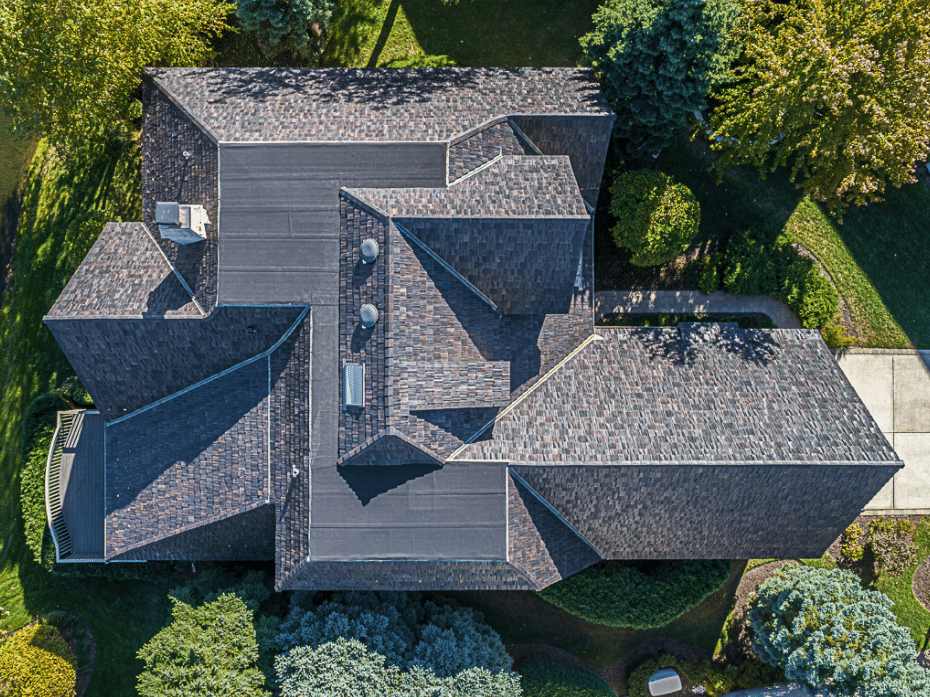
Why You Should Work With an Interior Designer When Building a Commercial Office Space
When many consider building onto their property, some assume that this could mean that they’re adding onto their current home: but there’s more to it than that. You can make a property into anything you want with some know-how and a good contractor.
Here are the top buildings you can add onto nearly any property, as long as you have the space and zoning for them.













